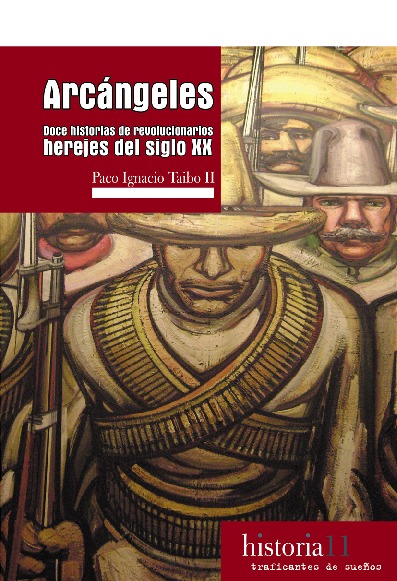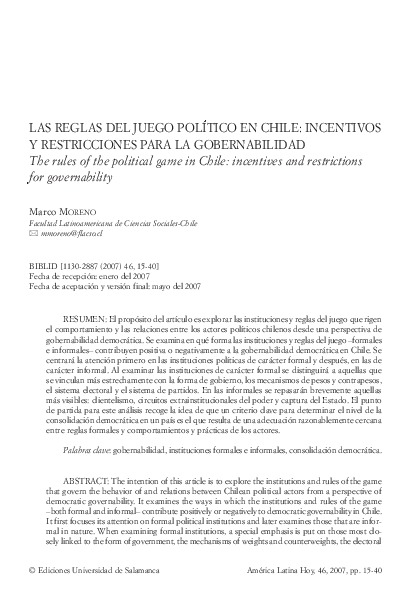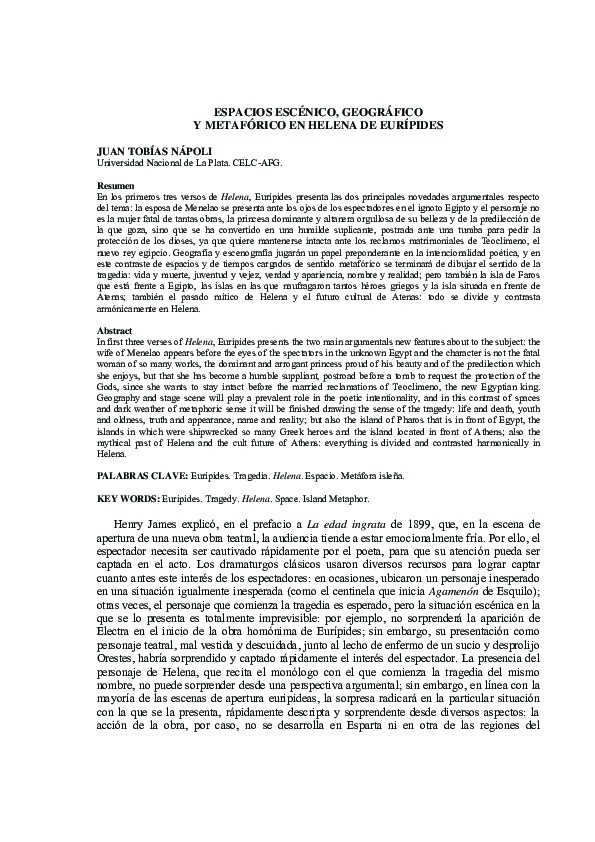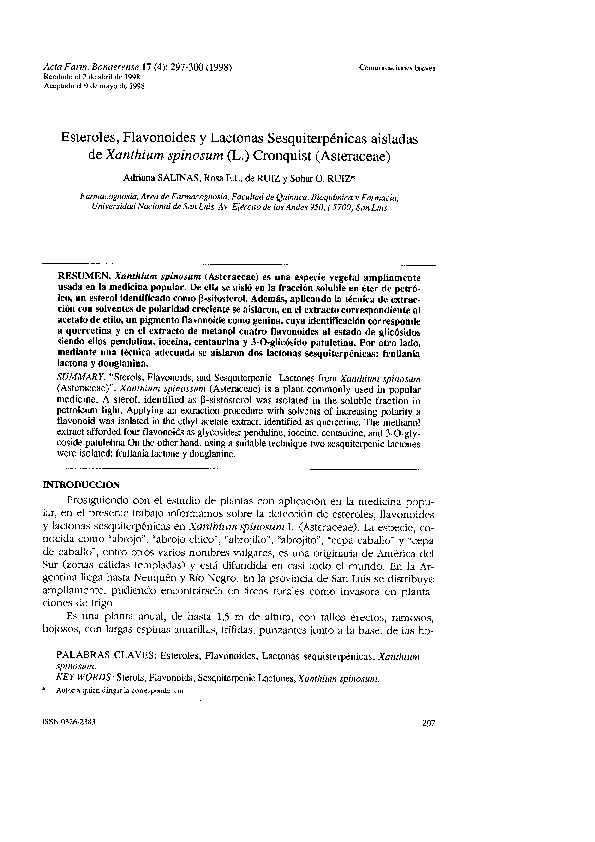Textos
Texto
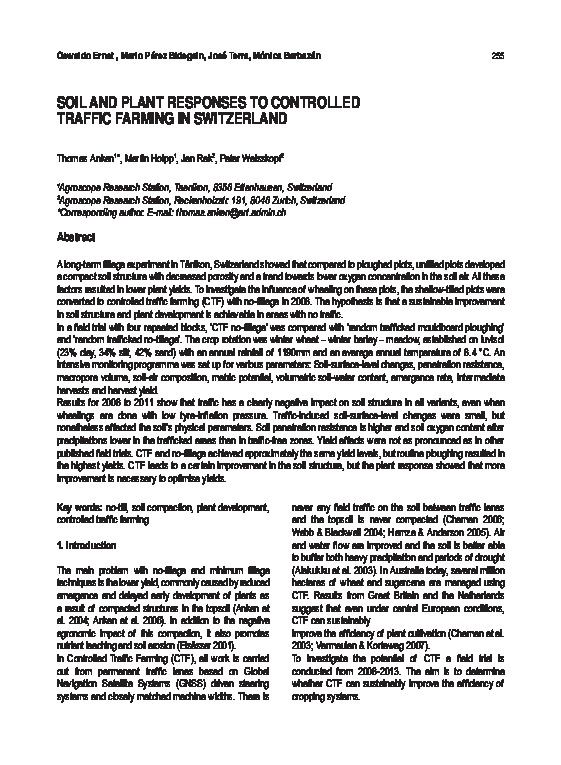
Soil and plant responses to controlled traffic farming in Switzerland
Descripción
A long-term tillage experiment in Tänikon, Switzerland showed that compared to ploughed plots, untilled plots developed a compact soil structure with decreased porosity and a trend towards lower oxygen concentration in the soil air. All these factors resulted in lower plant yields. To investigate the infl uence of wheeling on these plots, the shallow-tilled plots were converted to controlled traffic farming (CTF) with no-tillage in 2008. The hypothesis is that a sustainable improvement in soil structure and plant development is achievable in areas with no traffic. In a fi eld trial with four repeated blocks, ‘CTF no-tillage’ was compared with ‘random trafficked mouldboard ploughing’ and ‘random trafficked no-tillage’. The crop rotation was winter wheat – winter barley – meadow, established on luvisol (23% clay, 34% silt, 42% sand) with an annual rainfall of 1190mm and an average annual temperature of 8.4 °C. An intensive monitoring programme was set up for various parameters: Soil-surface-level changes, penetration resistance, macropore volume, soil-air composition, matric potential, volumetric soil-water content, emergence rate, intermediate harvests and harvest yield. Results for 2008 to 2011 show that traffic has a clearly negative impact on soil structure in all variants, even when wheelings are done with low tyre-infl ation pressure. Traffic-induced soil-surface-level changes were small, but nonetheless affected the soil’s physical parameters. Soil penetration resistance is higher and soil oxygen content after precipitations lower in the traffi cked areas than in traffic-free zones. Yield effects were not as pronounced as in other published field trials. CTF and no-tillage achieved approximately the same yield levels, but routine ploughing resulted in the highest yields. CTF leads to a certain improvement in the soil structure, but the plant response showed that more improvement is necessary to optimise yields.
Anken, T. et al (2012) Soil and plant responses to controlled traffic farming in Switzerland. Agrociencia, 16(3), pp. 255-260.
Categorias:
Colecciones:
Recuerda
La cultura y la educación necesitan de tu apoyo activo.
Información del autor
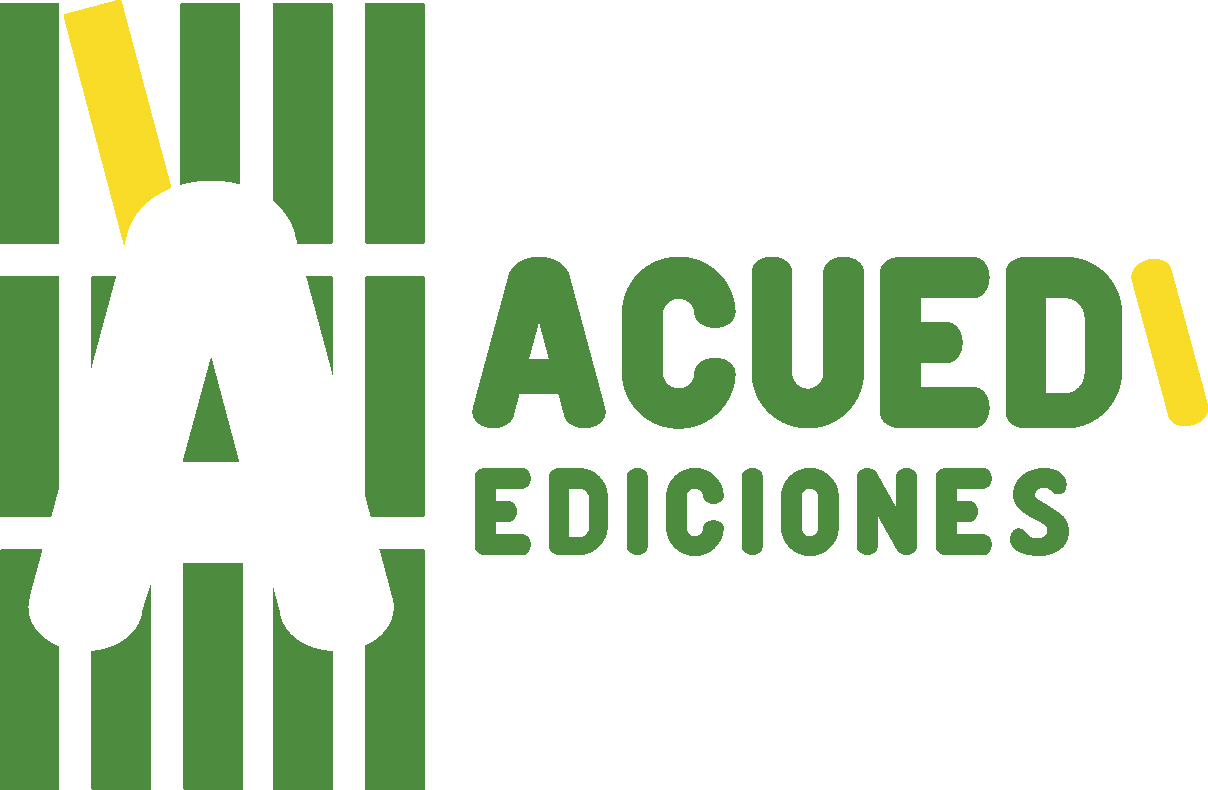
ACUEDI
ACUEDI son las siglas de la Asociación por la Cultura y Educación Digital. Somos una asociación civil sin fines de lucro, con sede en Lima (Perú), fundada en noviembre del 2011. Nuestro principal objetivo es incentivar la lectura y la investigación académica, especialmente dentro de espacios digitales. Para ello hemos diseñado una serie de proyectos, todos ellos relacionados entre sí. Este es nuestro proyecto principal, nuestra Biblioteca DIgital ACUEDI que tiene hasta el momento más de 12 mil textos de acceso gratuito. Como tenemos que financiar este proyecto de algún modo, ya que solo contamos con el apoyo constante y desinteresado de la Fundación M.J. Bustamante de la Fuente, hemos creado otros proyectos como ACUEDI Ediciones, donde publicamos libros impresos y digitales, y la Librería ACUEDI, donde vendemos libros nuestros y de editoriales amigas ya sea mediante redes sociales, mediante esta plataforma, en eventos o en ferias de libros.ACUEDI
